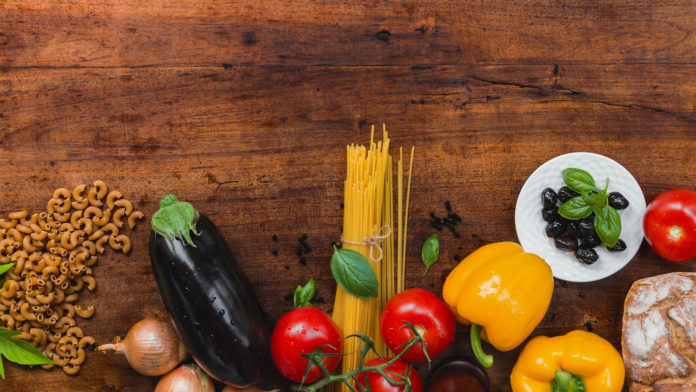With Canada’s Food Guide in the draft stages of its first revision in a decade, many doctors and nutritionists are welcoming a major update that is long overdue.
Canada’s Food Guide is a leading document that provides national standards and recommendations for healthy eating, and based on the newly released draft of guiding principles, the guide is in for an overhaul that goes far beyond nutrition.
The latest revision is set to include evidence-based recommendations based on sustainable eating, long-term health, and a better relationship with food. It will place greater focus on plant-based foods and preparing meals from scratch.
This is a huge change in the philosophy behind the guide.
The final recommendations will have important consequences for Canadian health. Beyond simply making recommendations, the guide sets dietary standards for the meal programs offered at schools and daycares, as well as how Canadian children learn about food and nutrition. Doctors and nutritionists look to the guide as a standard for patients, and it even affects how grocery stores stock their shelves.
The changes will help Canadians keep pace with the latest science, current practical and cultural needs, and shifting health priorities.
A brief history of Canada’s Food Guide
The guide has been translated into a dozen different languages, and is so popular that it is one of the federal government’s most requested documents, second only to income tax forms.
Originally developed to help Canadians stay nourished during the war-time rationing and poverty of World War II, the emphasis was on specific food items and dietary minimums. After the war, recommendations changed to reflect greater access to food. It was only in the 1949 revision that warnings were introduced to curb overeating.
Later expanded to be more inclusive of a variety of food choices, the guide’s iconic food groups structure (grain products, vegetables and fruit, milk and milk products, and meat and alternatives) is easily recognized by anyone who has gone through the Canadian school system since the 1960s.
The protocol for updating the guide now includes many stakeholders, including a broad public consultation. This means that any new policies take the needs and expectations of end users into account, making it more usable and inclusive of a variety of food choices.
Almost 20,000 public responses have already been received for the upcoming edition.
What to expect in the 2018 update
A draft of the new guide has already been released for public consultation.
The update aims to be “broad, transparent and inclusive.” Instead of a single guide to fit all users, it is likely that there will be separate tools for users of different ages and levels of expertise. Hopefully this will make the guide easier for consumers to navigate and use in their everyday lives.
Health Canada will recommend eating a variety of foods as the foundation for a healthy diet, placing new emphasis on plant-based foods, including plant-based proteins.
While animal-based protein and dairy will still be included in the guide, they are unlikely to be highlighted as they are now as named elements of major food groups. Fruits, vegetables, whole grains, and unsaturated fats are all expected to be prioritized.
In addition to what to eat, the guide will also advise users on what not to eat. Processed and prepared foods will be targeted, warning Canadians against eating them regularly. Water will likely be named as the beverage of choice, shifting Canadians away from drinking their calories.
The guide will also endorse skills to help users prepare their own meals and select healthy options when eating out. This includes listing convenient and cost-effective options for at-home meal preparation, such as pre-cut frozen vegetables.
The guide will also explicitly recommend cooking and sharing meals with family and friends. Making eating social helps support mindful eating, healthy eating habits, and positive relationships with food.
Special attention will be given to recommending affordable and culturally diverse options, making the guide more relevant to a broader audience.
Beyond nutrition and health, the environmental impact of food choices will also be discussed. The guide will target eating locally, reducing food waste, and choosing plant-based foods that have a smaller environmental footprint.
There is still time to participate in the public consultation – register online to make your voice heard before the deadline on Aug. 14, 2017.








































